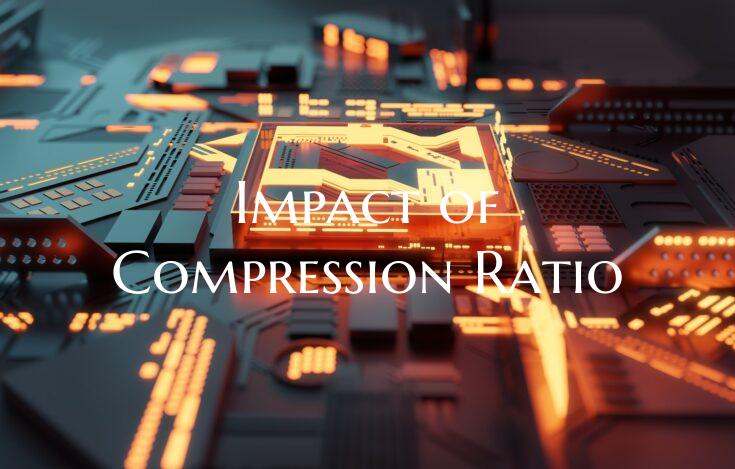Impact of Compression Ratio
Introduction: The compression ratio in an internal combustion engine plays a critical role in determining its overall performance and efficiency. It refers to the ratio of the volume of the combustion chamber when the piston is at the bottom of its stroke to the volume when the piston is at the top of its stroke. This ratio has a direct impact on various aspects of engine operation, including power output, fuel efficiency, emissions, and overall engine durability.
Effects on Engine Performance: 1. Power Output: A higher compression ratio typically results in more power output from the engine. This is because a higher compression ratio leads to a more efficient combustion process, allowing for more energy to be extracted from the fuel-air mixture.
2. Fuel Efficiency: Increasing the compression ratio can also improve fuel efficiency. With a higher compression ratio, the engine is able to extract more energy from the fuel, leading to better fuel economy. This is particularly important in today's world where fuel efficiency is a key consideration in automotive design.
3. Emissions: Compression ratio also has an impact on emissions. Higher compression ratios can lead to cleaner combustion, resulting in lower emissions of harmful pollutants such as carbon monoxide and hydrocarbons. This is why modern engines are often designed with higher compression ratios to meet stringent emission standards.
4. Engine Durability: While a higher compression ratio can improve performance and efficiency, it can also put more stress on the engine components. Therefore, it is important to ensure proper design and materials are used to withstand the increased pressures and temperatures associated with higher compression ratios.
Conclusion: In conclusion, the compression ratio is a crucial parameter that affects various aspects of engine performance. It is essential for engineers and designers to carefully consider the optimal compression ratio for a given application, balancing the trade-offs between power output, fuel efficiency, emissions, and durability. By understanding the impact of compression ratio on engine performance, manufacturers can develop more efficient and environmentally friendly engines to meet the demands of today's automotive industry.

